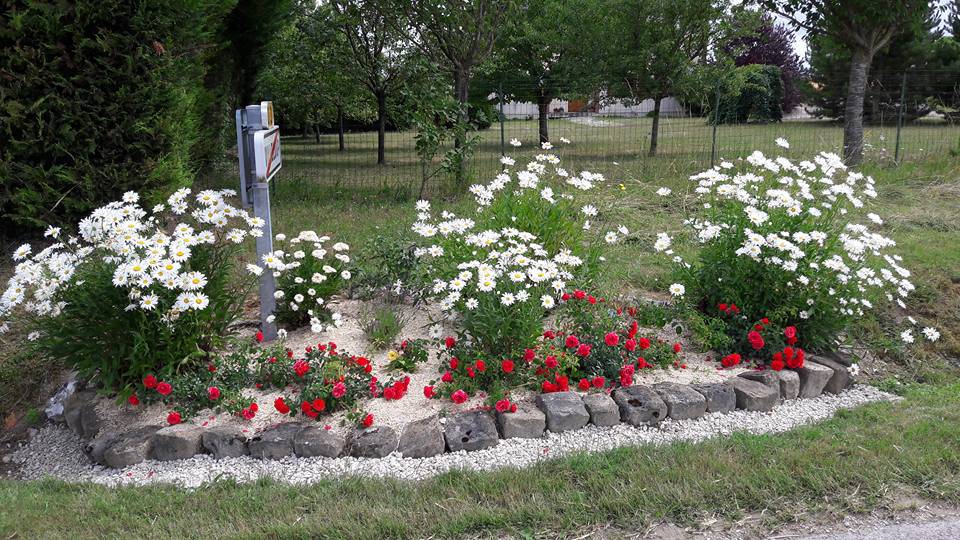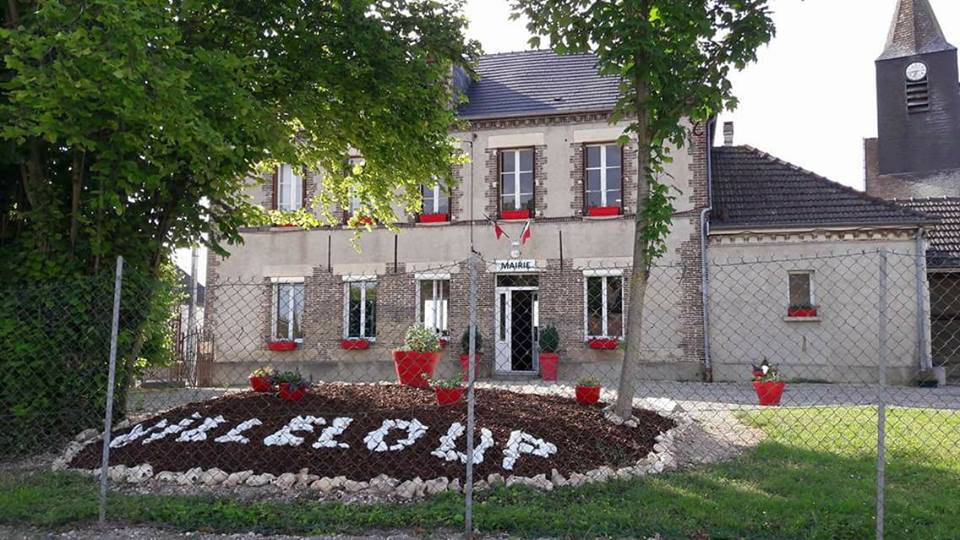This commune covers an area of 16.3km² and has nearly 120 inhabitants who are known as ‘Villelouptiers’. It is located 20km north-west of Troyes. Reached via the D31 or the D209, Villeloup is about 20 minutes from junction 22 (Charmont-sous-Barbuise) of the A26 and junction 20 (Torvilliers) of the A5.
Surrounded by fields, the village of Villeloup has charming rural cottages with exposed brickwork and beams. Villeloup is a thriving community in the Champagne Crayeuse region, where the peaceful setting makes it a great place to live.
In the middle of the village in Rue Sainte-Barbe, the church of the Nativité et l’Assomption de la Vierge was built in the 16th century and restored and extended in the 19th century. . Its stone apse and transepts were built in the 16th century, whilst the nave was rebuilt between 1850 and 1855 in brick, which was a fashionable material in the 19th century.
Its 16th-century stained-glass windows – mostly those from the choir and transepts and a few from the old nave – have been preserved and classified as historic monuments since 1908. The iconography reflects the church’s dedication, and depicts the Virgin Mary. The church houses a polychrome limestone sculpture of Sainte Barbe, daughter of a rich magistrate, who in the 3rd century tortured her and cut off her head for having converted to Christianity.
The clarity of the composition, the richness of the colours, and the fineness of the carving – which can be seen in the details of her face and the lightness of her clothing – are some of the details that can be admired in this work.
Classified as an historic monument in 1984, it was exhibited at the exhibition ‘Le Beau XVIe siècle: masterpieces of sculpture in Champagne’ which was held in the church of Saint-Jean-au-Marché in Troyes.
At Vaudepart, between Dierrey-Saint-Pierre and Villeloup there is a monument in memory of Lyé Baltet, who practised his family trade of nurseryman. A teacher of horticulture, he became famous in 1816 for managing to grow pine trees in the Champagne Crayeuse region – the chalky soils of which were rather hostile to vegetation before Baltet’s success.
TO FIND OUT MORE
>>> Shops and Services


